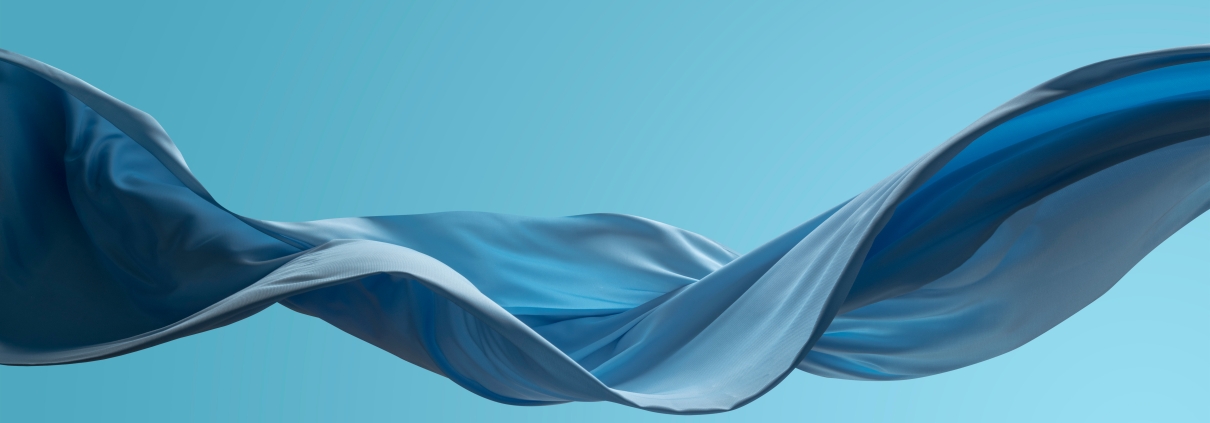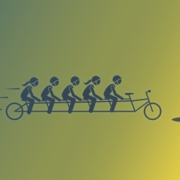Business As A Flow Requires New Management Techniques
There are many calls to recognize that we are in a new age of business. It’s variously been called the age of agile, the digital age, and the fourth industrial revolution – and there are no doubt a few more such terms being bandied about. All these terms are illustrative of a need felt by business theorists to identify boundaries – beginnings and ends, where one thing starts and another terminates. We must, we are told, stop doing one thing and start doing another.
There’s an entirely different and better approach to managing business in a dynamic, complex ever-changing environment and that is the approach framed by Austrian economics: business as a flow. It’s always been complex, always been dynamic, always been changing. It’s just the way business writers describe it and classify it and think about it that has been static. Austrian economists have a better perspective.
Business is a flow, inside an evolving ecosystem.
There is no beginning, and no causality for the current state. The system (what systems thinkers call a complex adaptive system or CAS) causes itself. We are all in the flow, the constant flux. There is no snapshot, only constant motion. Firms are CAS embedded in the CAS of the market embedded in the CAS of the economy. The constant motion of flow and change is the normal mode.
Management technique has not been able to keep up. Management technique prefers the static constructs of strategy and plans and structure. Strategy is an attempt to freeze business dynamics and specify how to act amidst constraints that can be identified, written down, and mathematicized. In reality, there is no time for planning or to make a plan, and no time for strategy in the sense of preparing a strategy document. Management technique is not well-aligned with reality.
Strategic orientation is a selection mechanism.
Businesses select the information they prefer to process and their ways of processing it, and they select the interactions with the environment that they choose to monitor and process. Selection mechanisms are dangerous and sub-optimal. They may select the wrong items, or mis-weight them, or mis-process them. They can’t get it right. Strategy is a loser before it leaves the starting gate.
The Austrian mental model for business is experimentation and exploration.
Rather than strategic selection mechanisms, the implication of business as a flow – embracing the reality that the future is unpredictable and there are many potential futures – is to keep the firm in constant motion. This means continuously searching the business model design space for new ways to operate. A business is a portfolio of experiments. The flow is to run as many experiments as possible, read the results quickly, and reorient to the next new way of operating.
The business mode for experimentation is action.
If experimentation has been well-adapted, the firm will have a wide range (but not an unlimited range) of experiments to run (ideally non-correlated) and the mode is not to analyze or strategize or plan but to act and implement. The goal is optionality – as many options available as possible. Action must be prized and promoted above analysis.
Firms need tight, fast feedback loops to read the experiments quickly.
The US Marine Corps – an institution for operating in highly dynamic and uncertain environments – has a system of After Action Review (AAR). After a mission (a form of experiment) has been completed, participants and managers (i.e. officers and staff) gather to identify accurately “what happened”. The AAR is factual. There is no place for rank or personal criticism. Only for facts. Once the facts are agreed, then some deduction can be applied (why did that happen?) Firms should adopt the same practice. Feedback loop information must flow quickly through all levels and divisions without restriction. The result must be better alignment of the actions of the firm (or the military unit) with the reality of the external environment.
The only planning is discovery.
Planning tries to predict and control. Neither of these is possible amidst constant flow. The alternative is finding out what works and betting more on it. It’s the mode of explore and expand: keep running experiments, discovering what happened, and reallocating resources to what works by removing them from what doesn’t work.
There is a requirement to remove all barriers to change.
Firms must accept and embrace mutation. The shared mental model must include “no barriers to change”. Businesses can create measurements for how well barrier removal has been accomplished – e.g., surfacing problems is a rewarded activity, response to problems raised is fast, the portfolio of experiments is reviewed and revised quickly, action is taken quickly. These are the measurements that matter.
Sometimes, some level of repeatable patterns can be combined with change.
The firm may develop a reliable, repeatable revenue stream that emerges from one or more of the experiments. It can develop a management frame for continuing and maintaining the reliable revenue stream, recognizing that the reliability is short-term only, while exploring in other parts of the firm. They can do both. This duality is, by definition, inefficient. Efficiency is not a useful goal. It can be a cost-improvement strategy for the reliable revenue stream businesses but not for the firm as a whole.
Management technique is trying to catch up with business-as-a-flow.
Most of business-as-a-flow contradicts the management techniques and strategy approaches taught in business schools and advocated in the “great man / great woman” style of business biographies. Management technique needs to catch up, even while business stays in motion. Complexity theory has replaced management theory.



Leave a Reply
Want to join the discussion?Feel free to contribute!